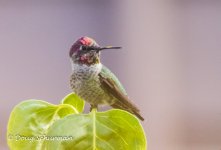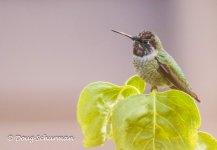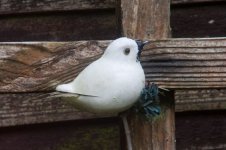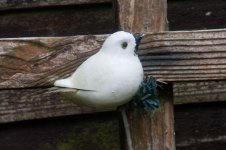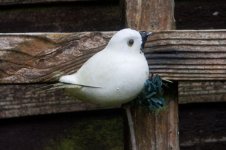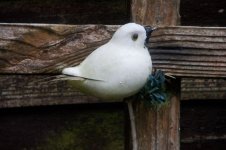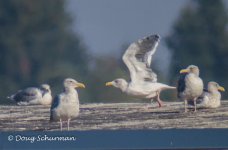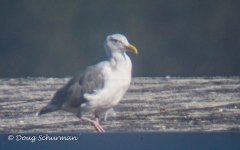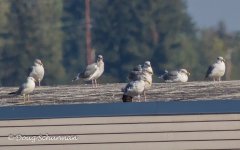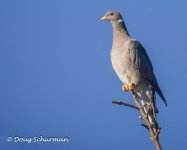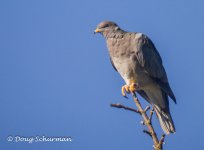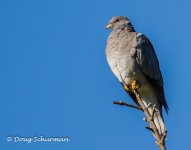Interesting Paul. I'll spend some time testing this weekend.
In my quick indoors test last night I focus the scope on a computer screen about 30 feet away. If I recall correctly I used live view, f1.4 and ISO 6400. At full zoom on the Vortex to 60mm shutter speed was at about 1/25 ss. Then by zooming out on the vortex I was at about 1/200 ss.
I think at first I tried f2.0. When I went to f1.4 SS doubled as I would have expected.
Doug
Doug, like you I also find the theory doesn't hold up in practice, and also see an increase in SS when opening the aperture to its widest.
As for lenses to try with the 550D, I have had some success with both the 18-55 IS, 40mm 2.8 pancake, and also the 50 1.8 mark I.
The kit zoom works better than expected, though I prefer the shorter 40mm as it reduces the centre of gravity on an already back-heavy set-up.
I find with all of these (especially the 50mm as I remember) I needed to use an EV compensation of around minus 1-1.5 stops, or even more in bright light to get an acceptable exposure. Results can be quite good though obviously you need to use either the self timer or a cable/remote release to trip the shutter. Also, if it's at all windy, forget it! Video is especially successfull using this method. If you absolutely need to get a record shot at huge distance using video mode, then the x7 move crop mode provides a huge amount of magnification when the scope is zoomed to 60x!!
btw, I should add that I use the Swarovski DCA (don't know the Vortex DCA, but I assume it is similar?), however I would never dream of hanging my camera on the plastic filter threads on modern lens. Instead I rigged up a platform type adapter on which the camera can be mounted, allowing a gap of 1-2mm between the camera lens and scope eyepiece. This allows the use of live view AF for fine tuning focus once you get close using the scope's focusser.
If you have a legacy lens with metal threads that can be made to work, then that should work better in terms of a direct attachment to the DCA, but as you probably know, this is not an exact science!
Cheers
Steve




